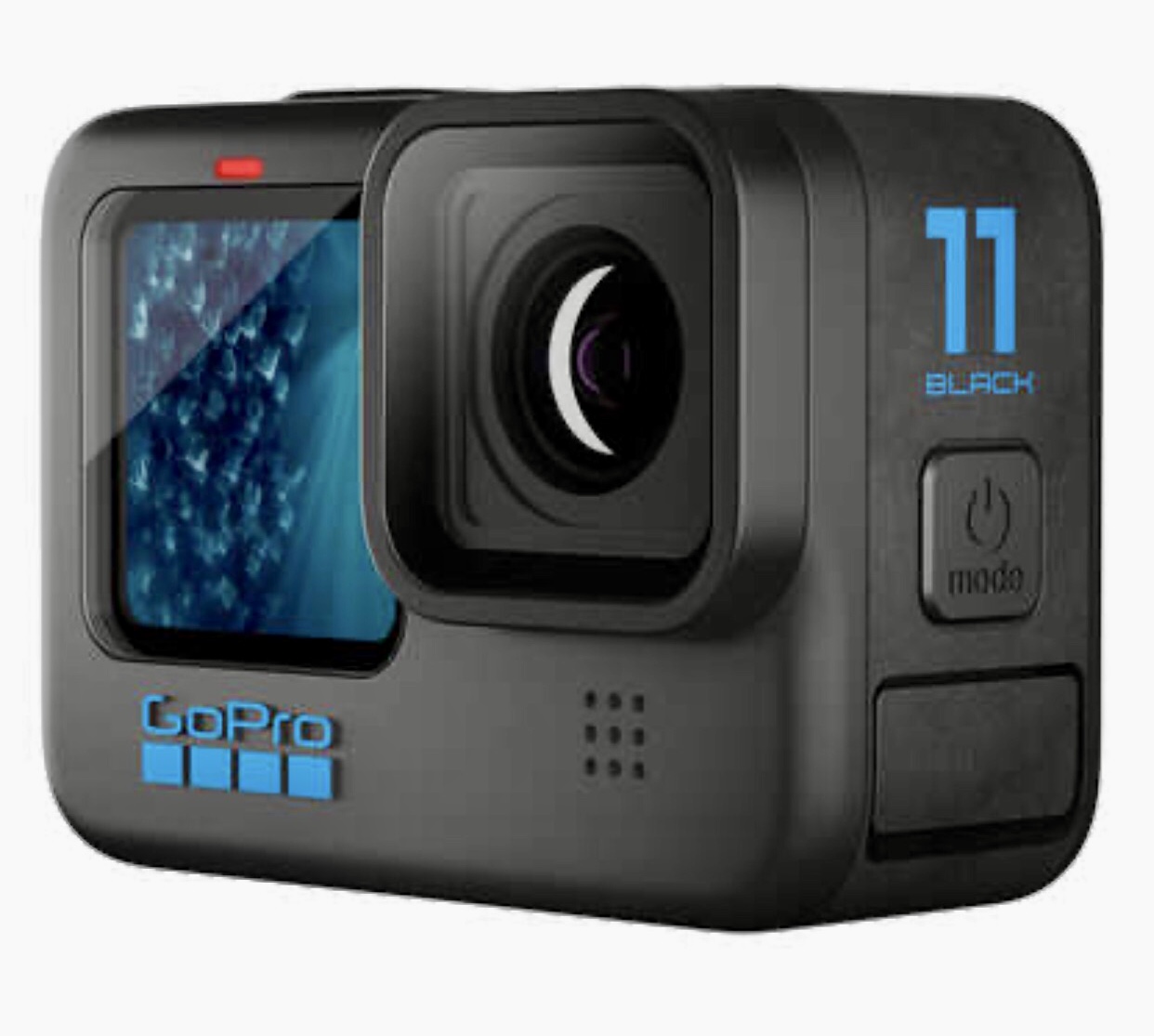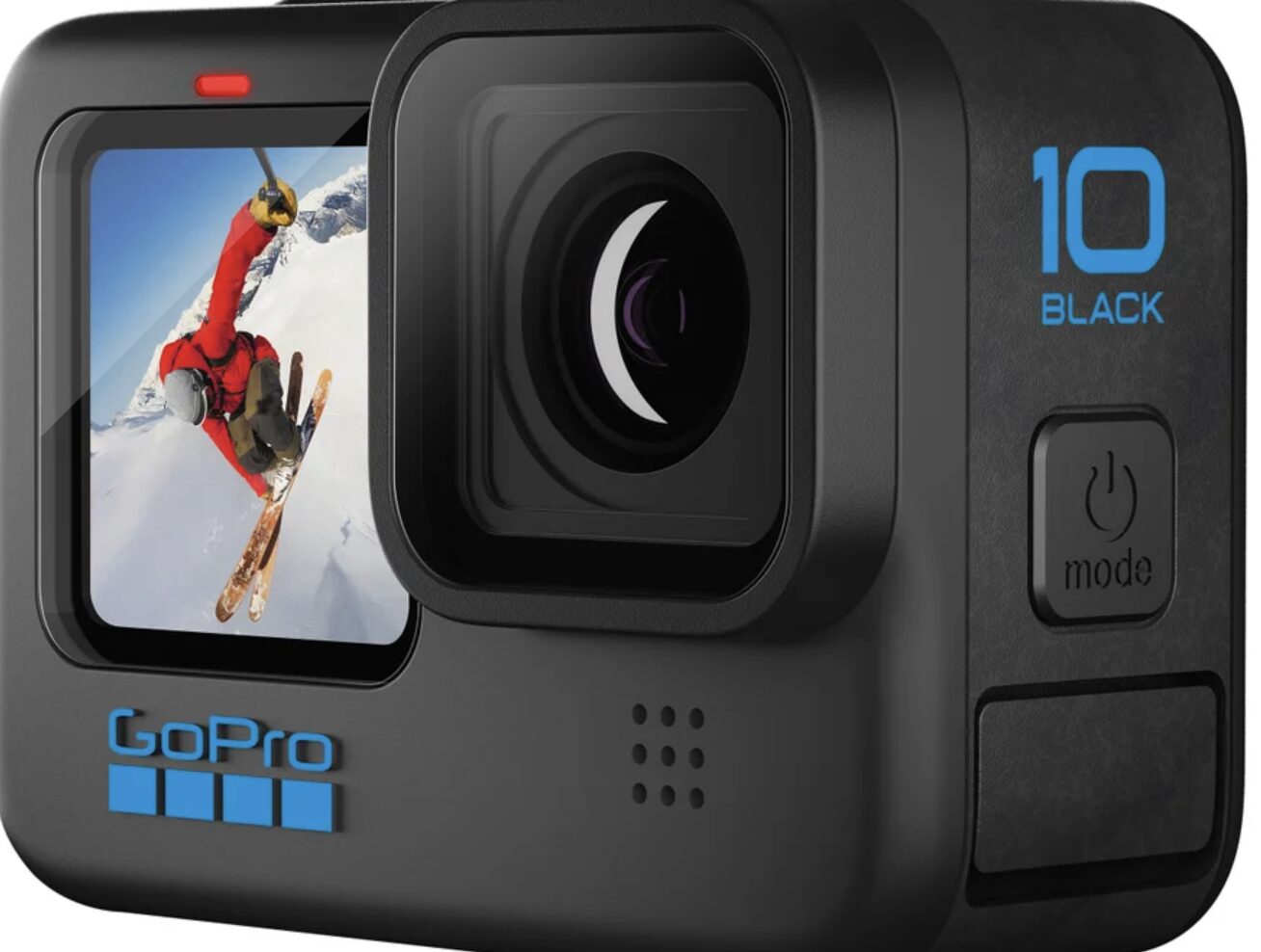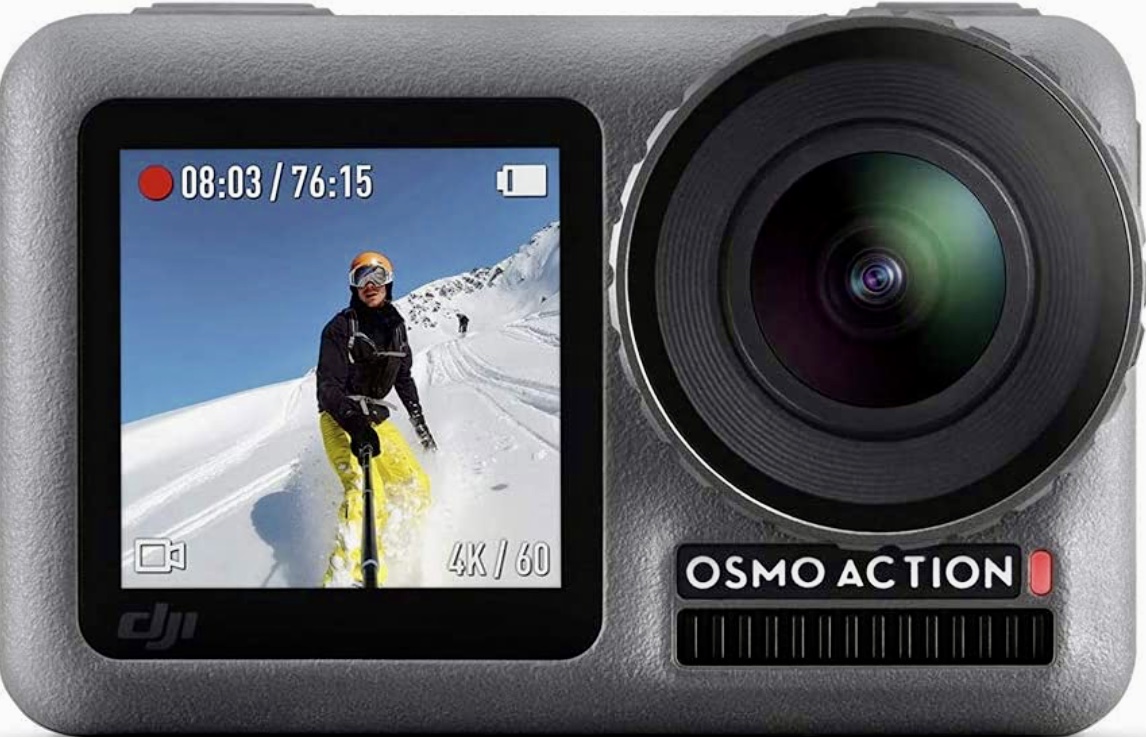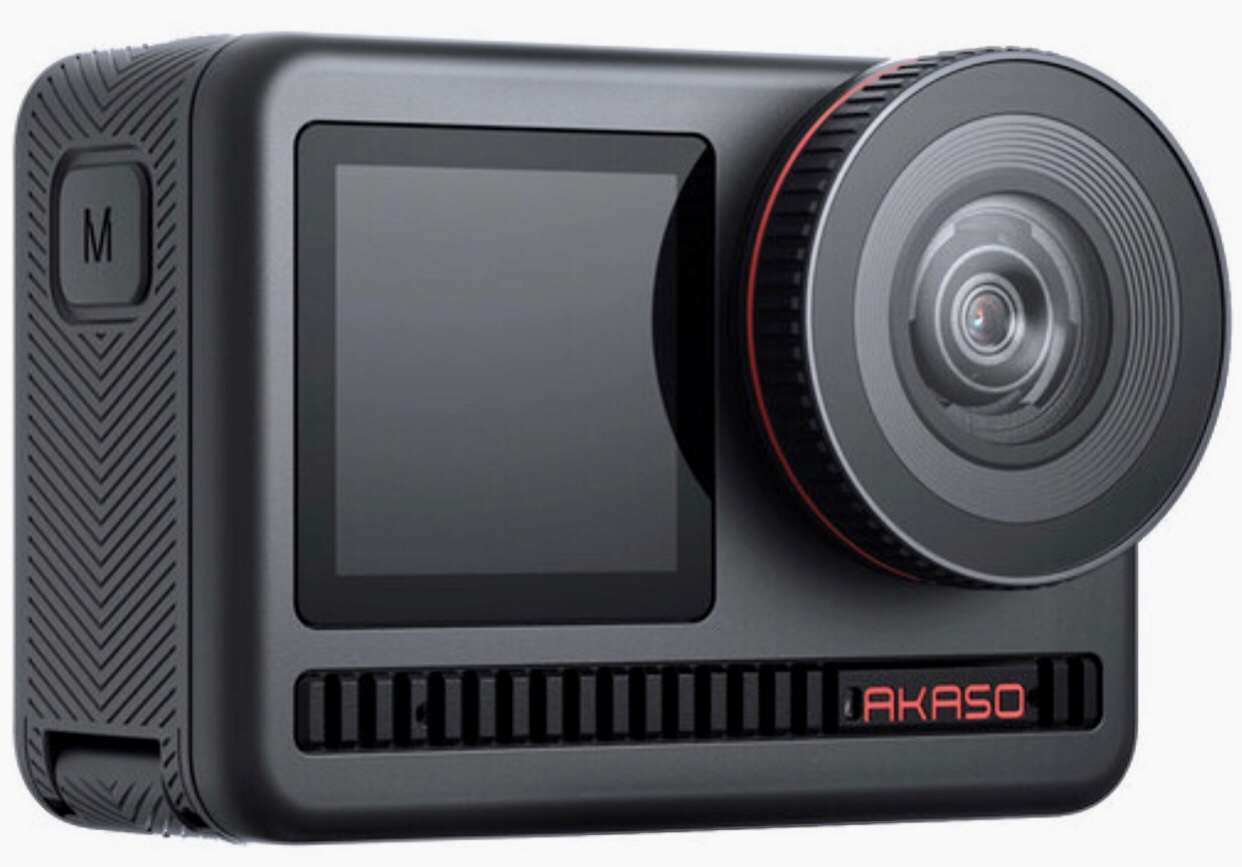Enhancing Clarity:
A Guide to Over-the-Counter 2024 Hearing AidsNavigate your way to better hearing with our comprehensive review and buying tips.
Overview of OTC (Over-the-Counter Hearing Aids)
Over-the-counter (OTC) hearing aids are a recent innovation in the realm of auditory health, aiming to address the significant gap in accessibility and affordability of hearing aids for individuals with mild to moderate hearing loss. This paradigm shift has emerged in response to the growing recognition of the prevalence of untreated hearing loss globally and the barriers preventing many from seeking professional intervention.
Historical Context and Regulation: Traditionally, hearing aids have been dispensed through licensed audiologists or hearing aid specialists following a comprehensive evaluation of an individual’s hearing profile. However, the cost associated with this process has been prohibitive for many, leaving millions of individuals without access to necessary auditory assistance.
In 2017, the U.S. Congress passed the Over-the-Counter Hearing Aid Act, empowering the Food and Drug Administration (FDA) to create a regulatory framework for OTC hearing aids. The intention behind this legislation was to promote accessibility and affordability, fostering competition and innovation in the hearing aid market.
Features and Functionality: OTC hearing aids are designed to provide amplification for individuals with mild to moderate hearing loss, catering to a significant portion of the population experiencing auditory challenges. These devices typically come in various form factors, ranging from behind-the-ear (BTE) to completely-in-canal (CIC), offering options that suit different preferences and comfort levels.
Modern OTC hearing aids incorporate advanced digital signal processing technologies to enhance speech intelligibility while minimizing background noise. Many models feature adjustable settings, allowing users to customize their listening experience based on their specific needs and preferences.
Benefits and Challenges: The introduction of OTC hearing aids presents several potential benefits. Firstly, they offer a more affordable alternative to traditional hearing aids, potentially reaching individuals who were previously unable to afford professional intervention. Secondly, by bypassing the need for a professional evaluation, OTC devices reduce barriers to access, enabling individuals to address their hearing needs more promptly.
However, the OTC model also poses certain challenges and considerations. Without the guidance of a trained audiologist, users may struggle to select the most appropriate device for their specific hearing profile, potentially leading to suboptimal outcomes. Moreover, while OTC devices are suitable for mild to moderate hearing loss, individuals with more severe impairments may still require the expertise of a hearing healthcare professional.
Consumer Education and Support: To mitigate some of these challenges, efforts are underway to provide comprehensive educational resources and support for consumers considering OTC hearing aids. Online platforms and informational materials offer guidance on selecting, fitting, and adjusting devices, empowering users to make informed decisions about their auditory health.
Furthermore, ongoing research and development in the field aim to continually improve the performance and accessibility of OTC hearing aids. Collaborations between industry stakeholders, regulatory bodies, and healthcare professionals are crucial in ensuring that these devices meet the needs of users while maintaining safety and efficacy standards.
Conclusion: Over-the-counter hearing aids represent a promising evolution in the management of hearing loss, offering a more accessible and affordable solution for individuals with mild to moderate impairments. While they may not replace the expertise of audiologists entirely, they play a crucial role in expanding access to auditory assistance and empowering individuals to take control of their hearing health. With ongoing advancements and collaboration, OTC hearing aids have the potential to make a significant positive impact on the lives of millions worldwide.
OTC vs Rx Hearing Aids
Access and Availability
- OTC Hearing Aids: As the name implies, these devices can be purchased directly by the consumer without the need for a prescription or a prior medical evaluation. They are available online, at pharmacies, and in some retail stores, making them more accessible to a wider audience.
- Prescription Hearing Aids: These devices are available only through a licensed audiologist or hearing care professional, following a comprehensive hearing evaluation. The process typically involves an assessment of the individual’s hearing health, lifestyle needs, and specific hearing challenges.
Customization and Fitting
- OTC Hearing Aids: Generally designed for mild to moderate hearing loss, OTC hearing aids often come with pre-set configurations or allow users to make adjustments through smartphone apps or built-in controls. However, the level of customization is limited compared to prescription options.
- Prescription Hearing Aids: Offer a high degree of customization. An audiologist can precisely adjust the device based on the individual’s unique hearing loss profile, often using sophisticated software. This can lead to a more tailored and effective hearing solution.
Regulation and Oversight
- OTC Hearing Aids: The FDA has set specific guidelines for OTC hearing aids, aiming to ensure safety and efficacy for users. Despite this regulation, the level of oversight is generally less stringent than for prescription devices.
- Prescription Hearing Aids: Subject to more rigorous FDA regulations. Audiologists and hearing care professionals are required to follow strict standards for testing, fitting, and follow-up care.
Support and Aftercare
- OTC Hearing Aids: Typically offer limited professional support. While some manufacturers provide customer service, access to personalized hearing care and ongoing adjustments by a hearing professional is minimal.
- Prescription Hearing Aids: Come with comprehensive support, including initial fitting, follow-up adjustments, and maintenance. Audiologists also provide education on how to use and care for the devices effectively.
Cost
- OTC Hearing Aids: Generally less expensive than prescription options, making them a more accessible entry point for individuals seeking hearing assistance. This cost difference can be particularly appealing for those with mild hearing loss or budget constraints.
- Prescription Hearing Aids: More expensive, reflecting the personalized service, customization, and professional support included in the purchase. Insurance coverage or financing options may be available to help offset the cost.
Effectiveness
Both OTC and prescription hearing aids can significantly improve the quality of life for individuals with hearing loss. The effectiveness of either option depends on the correct identification of the individual’s hearing needs, proper fitting, and whether the device is used consistently and correctly.
Summary
In summary, the choice between OTC and prescription hearing aids depends on several factors, including the degree of hearing loss, the value placed on customization and professional support, budget considerations, and personal preferences for convenience and accessibility.
Key differences between over-the-counter (OTC) hearing aids and prescription hearing aids.
Criteria
Decoding the Details: Choosing the Right OTC Hearing Aid
Living with mild to moderate hearing loss (around 20-60 decibels) can be frustrating. Conversations become muffled, and important details slip away. But fear not! Over-the-counter (OTC) hearing aids are here to help you rediscover the vibrancy of sound. However, with so many options on the market, choosing the right one requires careful consideration. Here’s a breakdown of key criteria to guide your decision:
First Considerations
If you’re active and spend time in noisy environments, prioritize noise reduction features to minimize background sounds.
Degree of Hearing Loss
OTC hearing aids are only effective for mild to moderate hearing loss. If you suspect more severe loss, a professional evaluation by a doctor or audiologist is crucial. They can diagnose the level and type of hearing loss, and determine if a prescription hearing aid is necessary.
Budget
OTC hearing aids range in price from around $200 to over $1,000. While it’s tempting to go for the most affordable option, consider the features most important to you. Basic models might lack functionalities like noise reduction or directional listening, which can significantly impact your experience. Set a realistic budget based on the features you prioritize.
Safety & Effectiveness
While OTC hearing aids can be a helpful tool, it’s important to prioritize safety and effectiveness. Look for models that have undergone rigorous testing and meet FDA regulations for safe amplification. Remember, they are not a one-size-fits-all solution, and consulting a professional ensures they effectively address your specific hearing needs.
Discrete Design
Some people prefer a discreet design for their OTC hearing aid. Many models are small and nearly invisible in the ear, while others offer a wider range of styles depending on your preference.
Ease of Use
Consider how easy it is to insert, remove, and operate the hearing aid, including changing batteries or charging the device if it’s rechargeable. The user interface should be intuitive, especially for those who may not be as comfortable with technology.
Ease of Maintenance:
Consider how comfortable you are with changing batteries or maintaining the device. Some models offer rechargeable batteries, eliminating the need for frequent replacements. Look for models with easy-to-clean components and clear instructions for maintenance.
Life Style Considerations
If you’re active and spend time in noisy environments, prioritize noise reduction features to minimize background sounds.
Active Lifestyle
If you have an active lifestyle, prioritize features that can keep up with your adventures. Water resistance is key for activities like some water activies, exercising, and humid envirnments. However, avoid submerging most OTC hearing aids underwater, as they might not be fully waterproof.
Look for models that are secure and won’t fall out during movement. Some even offer environmental programs specifically designed for noisy gyms or windy outdoor settings.
Range of Listening Environments
If you navigate various environments, consider features that adapt to different listening situations. Directional listening helps focus on conversations in noisy places like restaurants, while noise reduction filters out background sounds for clearer speech understanding. Some models offer multiple program settings that can be easily adjusted based on your surroundings.
Bluetooth Connectivity for Streaming, Phone Calls, and Music
Bluetooth connectivity allows you to stream audio directly to your hearing aids. This is a game-changer for staying connected during workouts, listening to music /TV audio, or taking phone calls hands-free. Ensure the model you choose offers high-quality sound for an enjoyable streaming experience.
Active Lifestyle
An active lifestyle demands an OTC hearing aid that can keep up. Here’s what to consider:
- Durability: Look for models with water-resistant or sweat-proof features to withstand exercise or outdoor activities.
- Security: Secure-fitting designs are essential to prevent them from falling out during movement.
- Battery Life: Choose long-lasting batteries or rechargeable options to avoid interruptions during extended activities.
Range of Listening Environments
Tailoring to Your Listening Needs:
- Noise Reduction: This helps you focus on conversations in noisy environments like gyms or restaurants.
- Directional Listening: This allows you to prioritize sounds coming from a specific direction, ideal for following conversations amidst background noise.
- Multiple Programs: Some models offer pre-programmed settings for various environments, like quiet settings, noisy crowds, or streaming audio.
Bluetooth Connectivity for Streaming, Phone Calls, and Music
- Streaming: Enjoy music, podcasts, or audiobooks directly from your phone or tablet.
- Phone Calls: Make and receive hands-free calls for seamless communication while on the go.
- Control: Some apps allow for remote adjustments to volume, program selection, and other settings directly from your smartphone.
Features Considerations
If you’re active and spend time in noisy environments, prioritize noise reduction features to minimize background sounds.
Adjustability & Customization
For a personalized hearing experience, look for OTC hearing aids with adjustable settings. Some models offer manual controls on the device itself, while others allow adjustments through a smartphone app. Features like variable volume control, different listening programs, and the ability to adjust noise reduction levels can significantly enhance your hearing comfort and effectiveness in various environments.
Advanced Feedback Cancellation
Feedback cancellation is a technology that helps eliminate whistling or buzzing sounds that can sometimes occur with hearing aids. While most OTC hearing aids have basic feedback cancellation, some advanced models offer superior technology for a more natural listening experience.
Remote Control or App Control
Many OTC hearing aids offer remote control or app control for adjustments. Remote controls are typically small and discreet, allowing for easy volume changes or program selection. Smartphone apps often provide a wider range of adjustments and customization options. Choose the control method that best suits your preferences and technological comfort level.
Comfort, Fit, & Design:
Comfort and fit are paramount for long-term use of OTC hearing aids. Look for lightweight and discreet designs that sit comfortably in your ears. Some models come with various ear tips or earmolds for a customized fit. If you prioritize a nearly invisible option, consider completely-in-canal (CIC) or invisible-in-canal (IIC) styles.
Connectivity
Most action cameras come with built-in Wi-Fi and Bluetooth connectivity to transfer footage wirelessly to a smartphone or tablet. It’s important to check the camera’s connectivity options and whether it’s compatible with your device.
Accessories
Accessories like mounts, cases, and harnesses are important to enhance the functionality of an action camera. It’s essential to check if the camera comes with essential accessories or whether they need to be purchased separately.
Trust Factors
If you’re active and spend time in noisy environments, prioritize noise reduction features to minimize background sounds.
Active Lifestyle
If you’re active and spend time in noisy environments, prioritize noise reduction features to minimize background sounds.
Ease of Use
Consider how easy it is to insert, remove, and operate the hearing aid, including changing batteries or charging the device if it’s rechargeable. The user interface should be intuitive, especially for those who may not be as comfortable with technology.
Price
The price of an action camera is an important consideration, especially if you are on a budget. While the most expensive cameras tend to offer the best features, there are affordable options that provide great value for money. It’s important to assess your needs and determine what features you require and what you are willing to spend.
Software
A good action camera should have a long battery life to ensure that you can capture footage for an extended period. It’s essential to check the camera’s battery capacity and how long it lasts under different conditions.
Connectivity
Most action cameras come with built-in Wi-Fi and Bluetooth connectivity to transfer footage wirelessly to a smartphone or tablet. It’s important to check the camera’s connectivity options and whether it’s compatible with your device.
Accessories
Accessories like mounts, cases, and harnesses are important to enhance the functionality of an action camera. It’s essential to check if the camera comes with essential accessories or whether they need to be purchased separately.
Go Pro Hero 11
The GoPro Hero 11 Black is the best action camera you can buy, capturing 5.3K60 footage with fantastic stabilization in a rugged, waterproof build.
Here are some of the pros and cons of the GoPro Hero 11 Black:
Pros:
- Excellent image quality
- Fantastic stabilization
- Durable and waterproof design
- Long battery life
- Many features and settings
- Wide range of accessories available
Cons:
- Expensive
- Can be difficult to use for beginners
- Not as portable as some other action cameras
Overall, the GoPro Hero 11 Black is an excellent action camera that is worth the investment for anyone who wants to capture high-quality footage of their adventures.
Here are some of the key features of the GoPro Hero 11 Black:
- 5.3K60 video recording
- HyperSmooth 3.0 stabilization
- 1/1.9-inch sensor
- 23.6MP still photos
- 1080p live streaming
- Voice control
- Waterproof up to 10 meters
- Rugged design
The GoPro Hero 11 Black is a significant upgrade over its predecessor, the GoPro Hero 10 Black. The new camera features a larger sensor, which allows for better image quality, particularly in low light. The HyperSmooth 3.0 stabilization is also improved, making it even easier to capture smooth, shake-free footage.
The GoPro Hero 11 Black is a versatile camera that can be used for a variety of activities, from extreme sports to everyday activities. It is also a great choice for vlogging and other types of video content creation.
If you are looking for an action camera that can capture high-quality footage of your adventures, the GoPro Hero 11 Black is the best option on the market.


Go Pro Hero 10
The 2021 model in the GoPro series is the Hero 10 Black, which was released in September 2021. The Hero 10 Black boasts improved features such as 5.3K video resolution, 23MP photos, 30% longer battery life, and improved HyperSmooth 4.0 stabilization. It is also equipped with a new GP2 processor, which makes it one of the fastest GoPro cameras to date. Overall, GoPro cameras are popular for their durability, versatility, and high-quality footage, making them an excellent choice for action-packed activities and adventures.
DJI Osmo Action
The DJI Osmo Action is an action camera that was released by DJI in 2019. It is a direct competitor to the GoPro HERO line of action cameras, and is known for its impressive image stabilization, dual screens, and overall build quality.
One of the key features of the DJI Osmo Action is its RockSteady image stabilization technology, which helps to eliminate camera shake and produce smooth, steady footage. It also has a front-facing screen, which is useful for vlogging and framing shots when the camera is facing the user.
Other notable features of the DJI Osmo Action include:
- 4K/60fps video recording
- HDR video
- Waterproofing up to 11 meters (36 feet)
- Voice control
- 8x slow motion
- Time-lapse and hyper-lapse modes
- Customizable quick switch button for easy access to frequently used settings
Overall, the DJI Osmo Action is a powerful and versatile action camera that is well-regarded by both casual users and professionals alike.


04
Top Budget Choice
Akaso Brave 8
The Akaso Brave 8 is the latest addition to Akaso’s lineup of action cameras, designed to provide users with stunning 4K video and high-quality photos while maintaining an affordable price point. This review will evaluate the camera’s features, performance, usability, and overall value to help potential buyers make an informed decision.
Design and Build Quality: The Akaso Brave 8 maintains the familiar boxy design of action cameras, with a compact and rugged construction. The camera’s body is made of durable materials, allowing it to withstand harsh conditions and outdoor adventures. It features a 2-inch IPS touch screen at the back, offering a clear and responsive interface for users to navigate through settings and preview their footage.
Features and Performance:
- Video and Photo Quality: The Brave 8 is equipped with a 48 MP camera sensor, capable of recording 4K video at 60 fps and taking high-resolution photos. The image stabilization has also been improved with the introduction of a 6-axis gyroscope, providing smooth and stable footage even during fast-paced action.
- Voice Control: The camera comes with built-in voice control, allowing users to operate the device hands-free when needed. This is especially useful when mounted on helmets or other inaccessible locations.
- Waterproof Capability: The Brave 8 is waterproof up to 131 feet (40 meters) when using the included waterproof case, making it suitable for various water sports and underwater adventures.
- Connectivity and App Support: The camera supports Wi-Fi and Bluetooth connectivity, allowing users to connect it to their smartphones for easy sharing and remote control. The Akaso Go app is user-friendly and offers various editing tools, making it easy to create and share content on social media platforms.
- Battery Life: The Brave 8 comes with two 1350mAh rechargeable batteries, each providing around 90 minutes of continuous 4K video recording at 60 fps. The dual battery system ensures that users can capture longer events without needing to recharge.
Usability: The Akaso Brave 8 is easy to use, with a straightforward interface and intuitive controls. The touchscreen provides quick access to settings and features, while the app offers additional functionality and control. The camera comes with various mounting accessories, making it versatile for different shooting situations.
Pros:
- 4K video recording at 60 fps
- Improved image stabilization
- Voice control functionality
- Waterproof capabilities with included case
- Good battery life
- Affordable price point
Cons:
- Limited advanced features compared to higher-end models
- The touchscreen may be challenging to use in wet conditions or with gloves on
- Low-light performance could be improved
Conclusion: The Akaso Brave 8 is an excellent choice for those looking for a reliable and affordable action camera capable of capturing high-quality 4K videos and photos. With its improved image stabilization, voice control, waterproof capabilities, and decent battery life, it offers great value for the price. However, for users looking for more advanced features or better low-light performance, they may want to consider other options in the market.